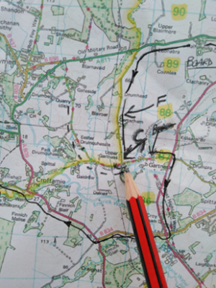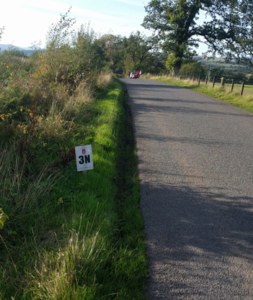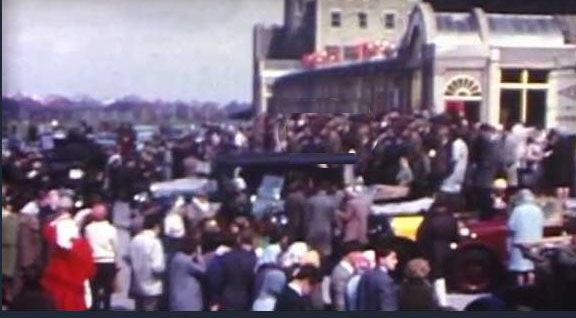Running a Classic Car Run.
Sometimes when I talk to entrants they ask how much work goes into setting up an event. They seem surprised when I reply that our bigger events take roughly twelve months and the simpler events between se
ven and nine months.
Frankly I don’t think they really believe me and I don’t want to bore them too much by going into the details. So I hope the following will give a simple guide to running an event: –
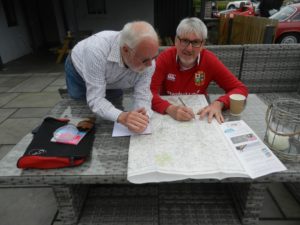
- To begin with we need to determine where we want to go and roughly what mileage is involved. For events like the Manchester to Blackpool or Coast to Coast we have a fairly good idea of the place but not the actual venues.
- Next we need to find start and finish venues which can accommodate up to say 70 cars, meaning around 140+ entrants plus officials.
- Then we need to talk to these venues and establish that they are willing to accommodate us and set out our needs – many hotels are tied up with weddings over a year in advance so we need to get in early!
- Having established a start and finish there may be other bodies we need to get permissions from such as Lancaster City Council for use of the sea wall or Blackpool Corporation for the use of Stanley Park.
- Local authorities will need agreements signing and forms filling in including acceptable Risk Assessments for our activities.
- Other non-motoring activities can clash preventing use of venues or putting time constraints on our event. These can include things like a Park Run on the sea wall in Morecambe. We have to be clear by 9.00am to avoid 300+ runners coming down the prom or something as simple as the opening time for a restaurant or pub we are using.
- A weird one which can arise is consulting tide tables – yes tide tables! Roads along the coast can be inundated and closed at high spring tides. Classic owners don’t like driving through salt water.
- OK now we know where the start and finish are plus any time constraints now we can start on a route.
- Using good old fashioned maps, we try to give an enjoyable and scenic route avoiding mayor town centres and potential problem areas whilst staying within a reasonable mileage and assuming an average speed of below 30mph (a constraint necessary to get permission to hold the event from Motorsport UK and the police).
- This gives us an idea of where rest halts and lunch breaks need to be situated by calculating the time of the route and breaking it up into reasonable sections.
- This then leads us to locating suitable comfort and lunch stops along the proposed route. Then we try to find places in the general area of the ideal location which can accommodate us. Obviously there aren’t pubs located everywhere that are willing or able to accept us but by searching and ringing we do locate places that will work.
- Now we know the locations of theses stops we can modify the route to go to these places.
- All in all, this may take several months of phone calls and e mails but we now have a provisional route.
- We know the date and route so now we can look for other events which may clash along the way such as Appleby Horse Fair or a major event in Blackpool using the Promenade or other events potentially leading to road blocks or closures.
- This may lead to further modifications of the route.
- Once satisfied we have a viable route we must contact all the Motorsport UK Route Liaison Officers responsible for the areas we pass through and let them have copies of the route for their approval. For example, the Coast to Coast may pass through up to four RLO areas!
- The RLO are aware of ‘Black Spots’ where there are potential problems and agreements have been made that motoring events will not pass through. They are also aware of other events and there is a six weeks’ rule that we are not allowed to use a road which other clubs are using both 6 weeks before and 6 weeks after our event to prevent overuse and public complaints. That is why we need to get in early to be at the top of the list. Hopefully we can get the provisional route to the RLO and approved at least 6 months before the event.
- The RLO comments may lead to a need to revise the provisional route again and re submit. Hopefully this does not adversely affect the start, finish or other stopping points or we will have to go through that loop again.
- During this process we can start on the regulations, entry forms etc.
- We now need to determine the number of officials and marshals we need and can start talking to relevant volunteers to pre warn them of the event and give them an idea of potential locations dates, timings etc.
- With the provisional route agreed we can start to prepare the Route Book. In the ‘old days’ we drove the route noting every junction and condition of the road and potential issues. This may lead to a re-route which would have to go back to the RLO. Today we use Google Maps to do much the same but that doesn’t remove the need to drive the route at some point!
- Now we can apply to Motorsport UK for a permit – called a Certificate of Exemption. Such permits from a recognised organisation are required to comply with the Road Traffic Act for all events with more than 12 cars. Failing to do this could leave the club open to legal action and invalidate the insurance of the entrants.
- Having got the certificate, we can finalise the regulations entry forms and start on other paperwork such as the Final Instructions as well as organising Rally Plates.
- The Entries Secretary can now start sending out the Regulations and Entry forms as well as publicising the event.
- With the Route Book prepared we can do the first run through to check the route. This is more than checking the mileages we need to ensure that any road signs match those in the route book and are in place. Also the actual road is observed. Has the surface broken up and become too rough, is there an unsafe pull out onto a major road? Has there been a physical change a new roundabout for example or a change in priorities?
- This in turn may lead to a change in route which has to go back to the RLO for approval.
- At this point a quick check is needed to ensure all the locations on the event are still open and ready for our arrival. Pub managers seem to change regularly and often the new incumbent is unaware of our event and the arrangements we made with the previous manager.
- Work can now start on the Route Information Book which tells entrants about places of interest they pass through on their journey.
- By visiting the County Councils web sites we can determine any planned road closures affecting the route. You can’t do this to early as they often don’t get put on the web site until a month or so before the works! This again may lead to a re-route which has to go back to the RLO.
- When the route is finally ‘set in concrete’ we can write to all the police forces affected by the event with route maps timings etc.
- The final version of the Route Book with all mileages and any changes incorporated can now be produced.
- The type and amount of any equipment needed for the event can now be determined. Things like Control Boards, arrows banners etc.
- By now entries should be rolling in and we get an idea of numbers which need to be relayed to all the venues in particular those providing food and refreshments. We can also order the Rally Plates ensuring we have enough for both entrants and officials.
- With a couple of weeks to go to the event a final run through is required. It is surprising how often things change. We have had collapsed bridges, new traffic lights, new roundabouts and long term road closures all affecting the events
- Marshals now need to receive firm details of their locations and duties.
- With a week to go Final Instructions for entrants, marshals and officials need to be sent out.
- In the week up to the event a wary eye needs to be kept on weather reports and potential flooding on the route. Where necessary deviations to avoid flooding will need preparing to hand out at the start.
- On the day of the event the officials at the start need to be there early to sign on and prepare for the entrants to arrive. As a final check a Course Car leaves the start to run the route some 30 minutes before the first entrant leaves.
- The course car has ‘arrows’ to mark any last minute detours and ensures the marshals are in position and signs the marshals on.
- All that’s left is to welcome the entrants to the finish an oh and start on next years’ event.
Chris Lee
Vice President

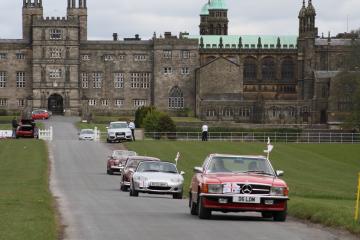
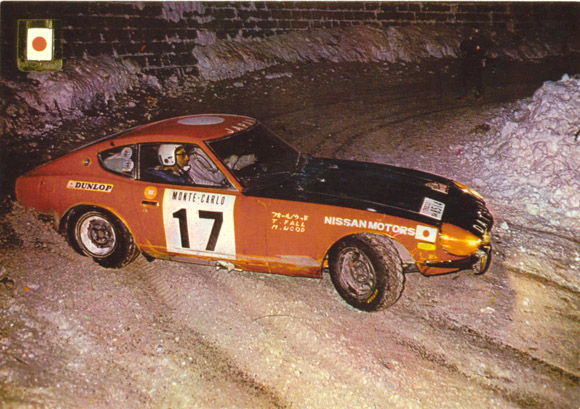
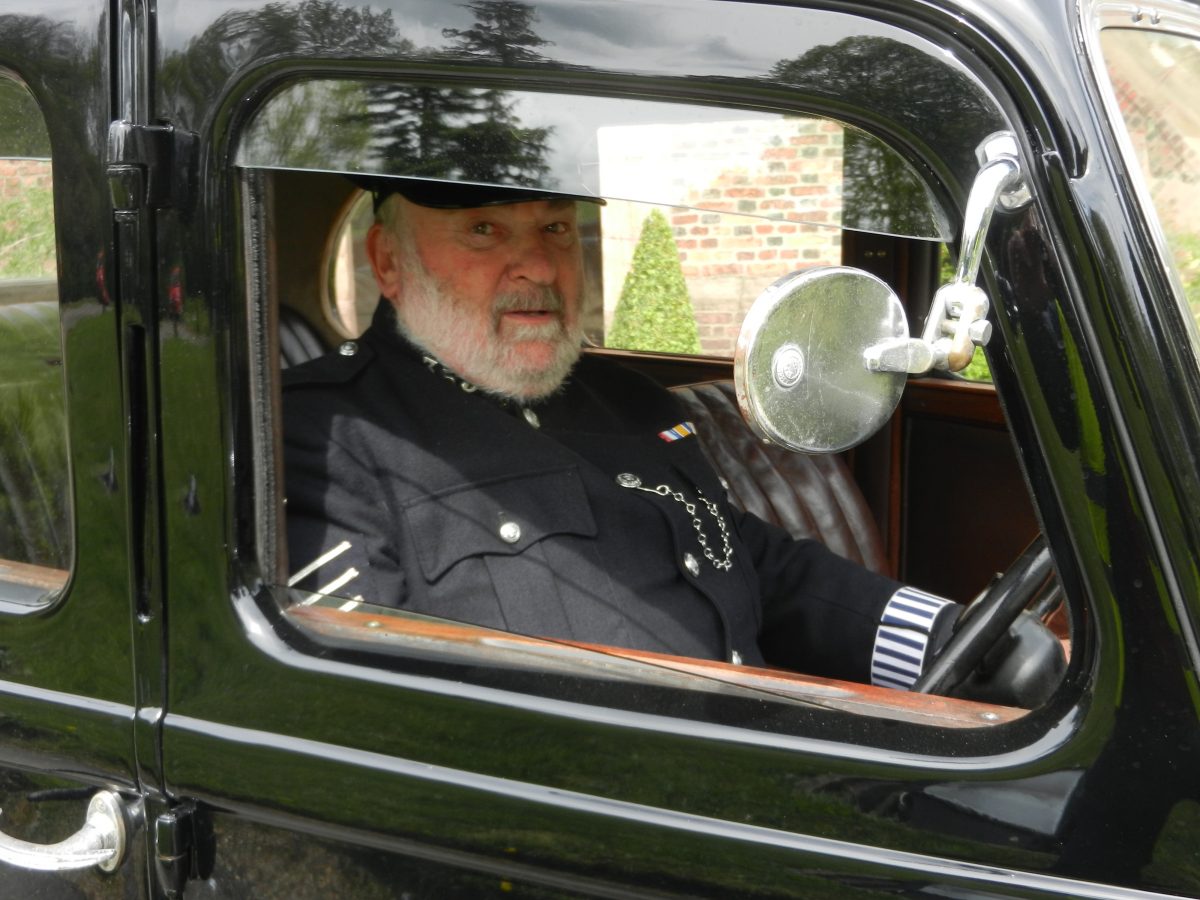
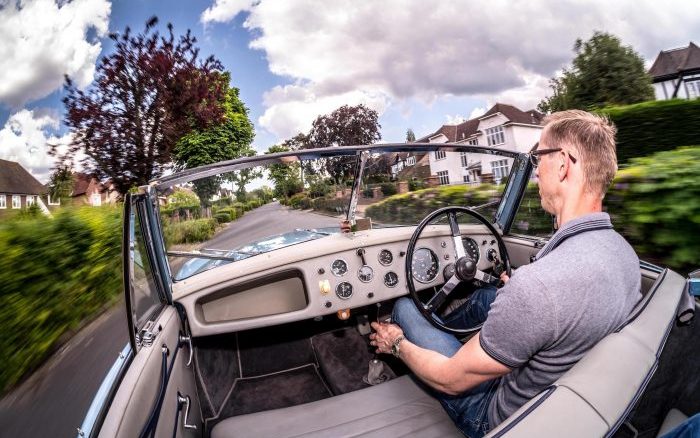
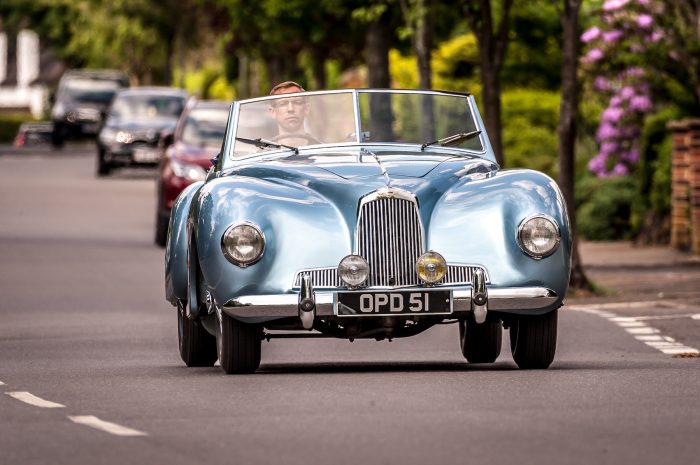
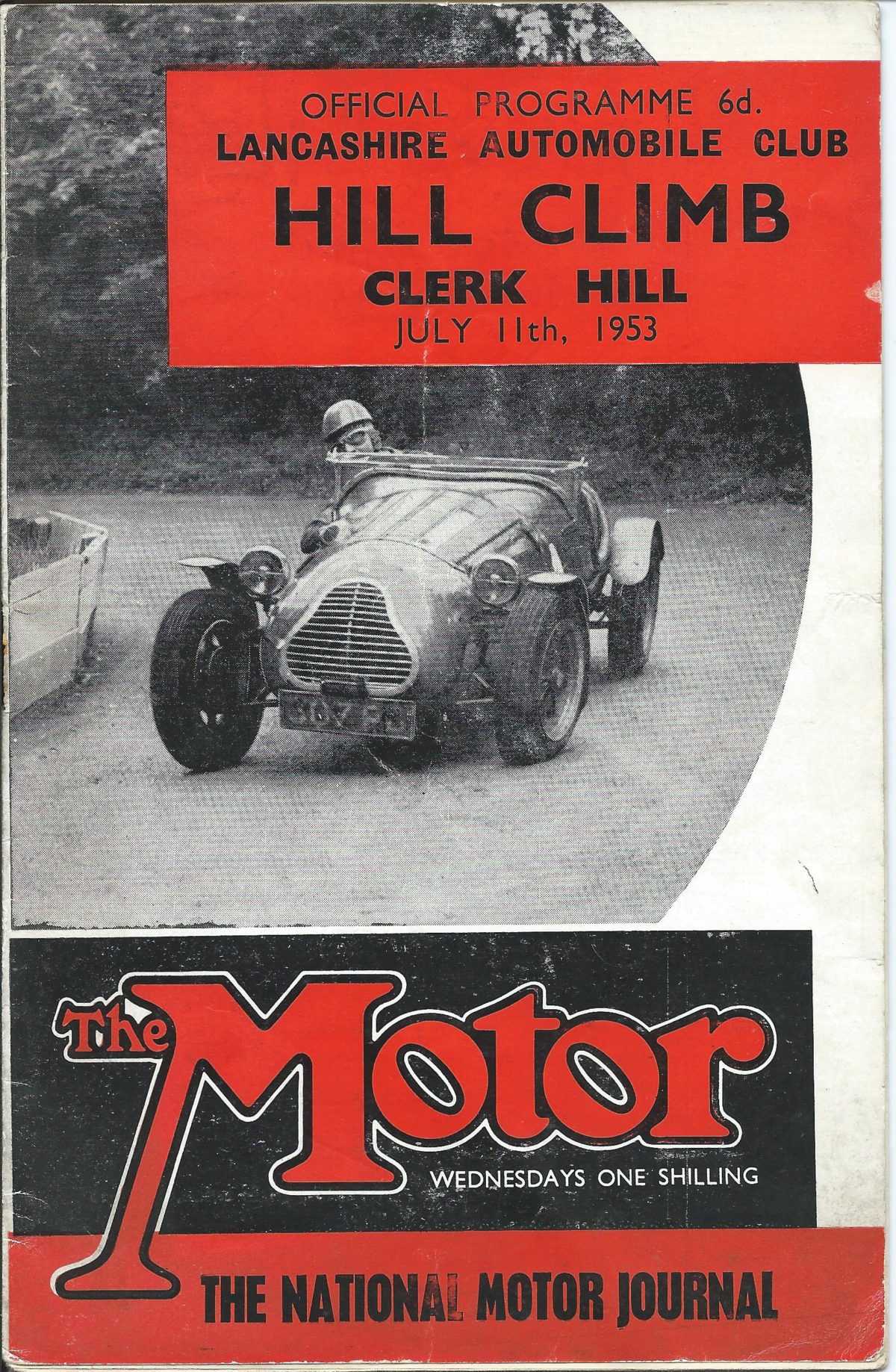
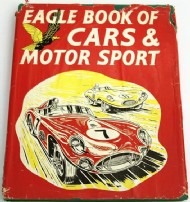
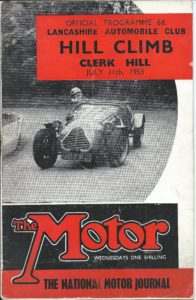
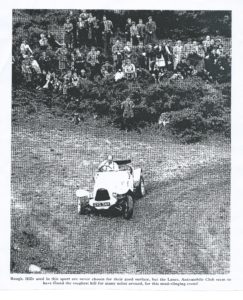
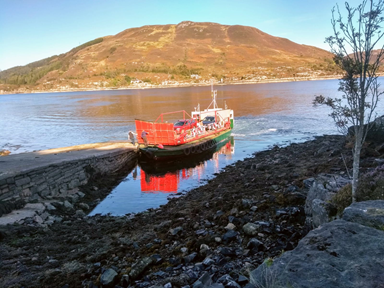
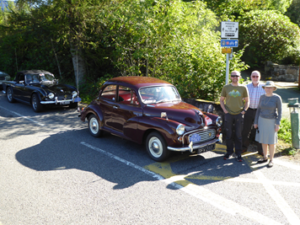
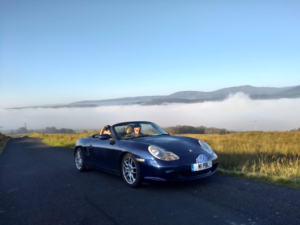

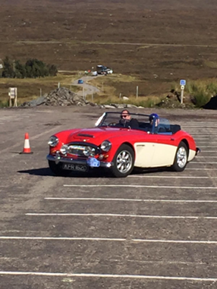
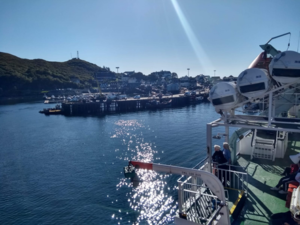

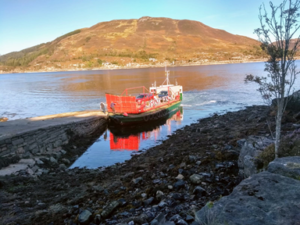

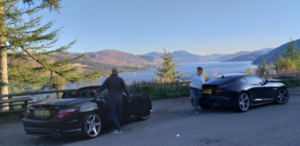
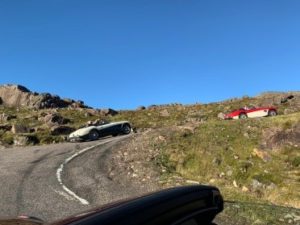
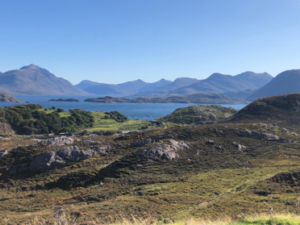 d of Harris
d of Harris
